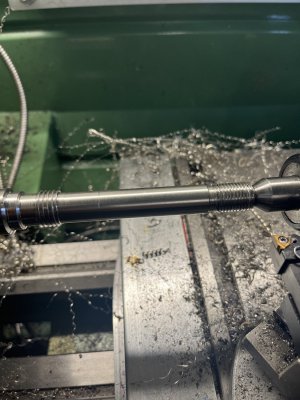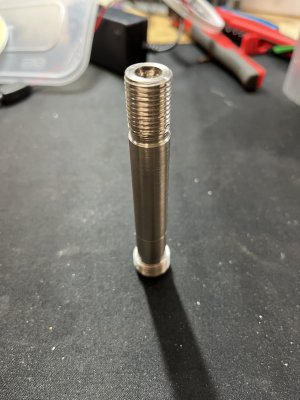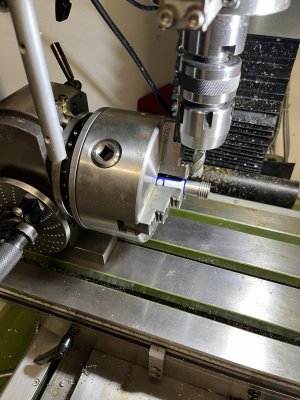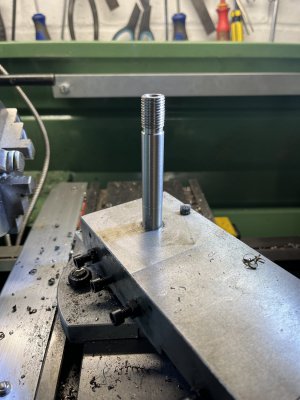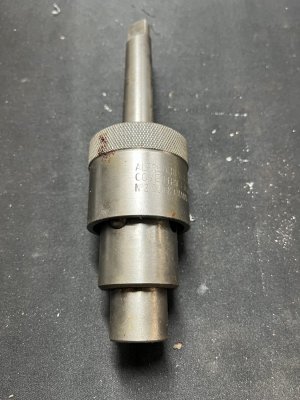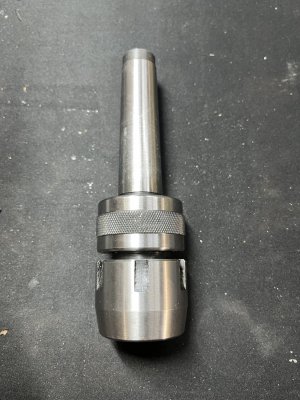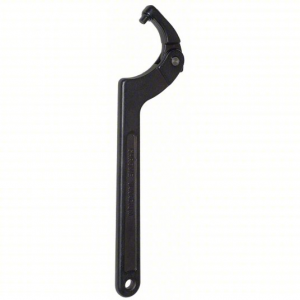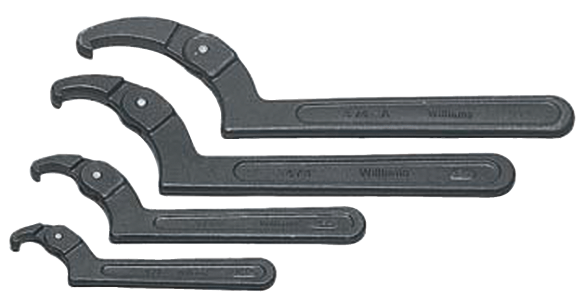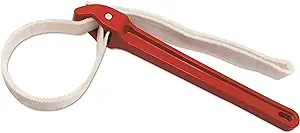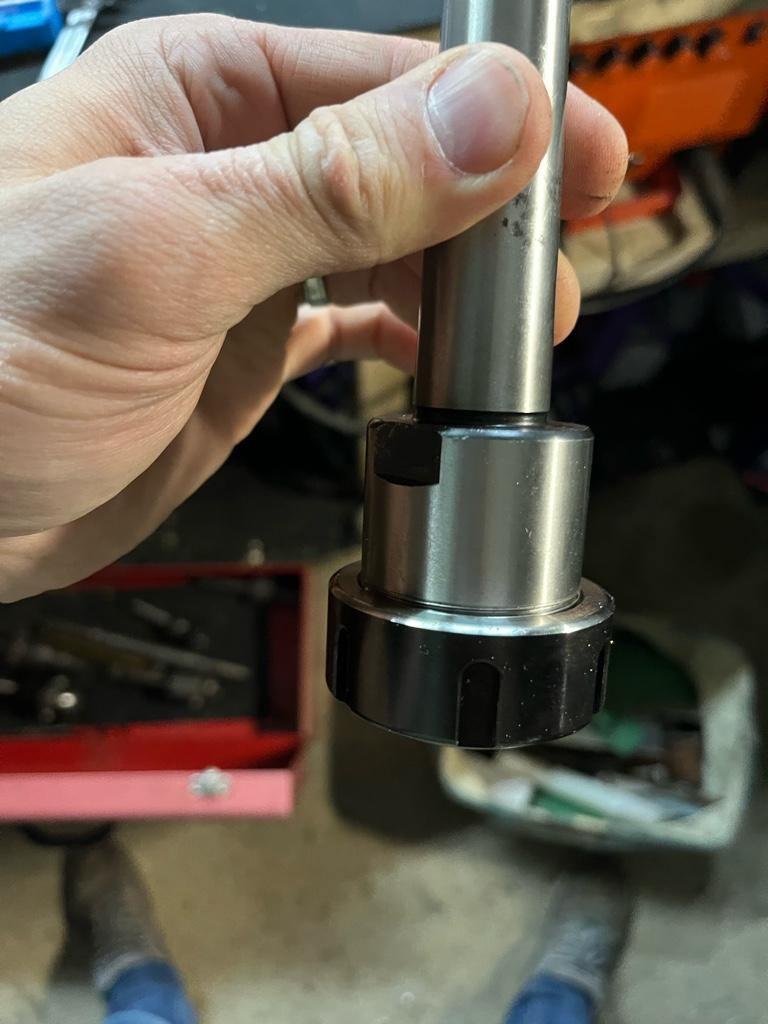- Joined
- Jul 6, 2022
- Messages
- 498
Hi All,
I've decided to start a thread to show the projects I'm going to be working on whilst learning.
For a bit of background, I've had a couple of lathes and a couple of mills in the past but never really did much with them, but did do enough to know I enjoy the hobby and I wanted to get more in to it.
I've finally got to the point that I have my home hobby workshop set up to the point that I can start doing some projects with the machines I have, so I wanted to document what I'm doing.
My set up:
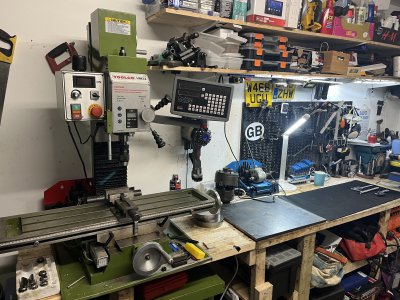
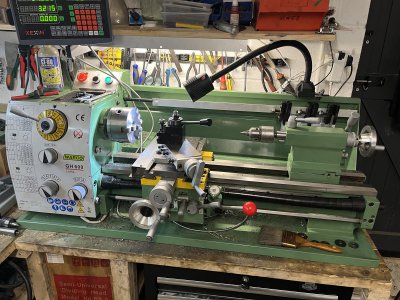
I've a ToolCo VM32 Milling Machine and a Warco GH600 lathe and I'm ready to go!
I've picked up a bunch of tooling over the last couple of years to use and will gradually get around to learning how to use them.
This thread will be me doing all of the usual beginner projects, Chuck backing plates, draw bars, tail stock die holders etc etc, so nothing you'll not have seen 1000 times before!
I'm going to use this as a diary of my projects (and hopefully progress) and hope to get some feed back from you lovely lot as to things I could have done better!
I've decided to start a thread to show the projects I'm going to be working on whilst learning.
For a bit of background, I've had a couple of lathes and a couple of mills in the past but never really did much with them, but did do enough to know I enjoy the hobby and I wanted to get more in to it.
I've finally got to the point that I have my home hobby workshop set up to the point that I can start doing some projects with the machines I have, so I wanted to document what I'm doing.
My set up:


I've a ToolCo VM32 Milling Machine and a Warco GH600 lathe and I'm ready to go!
I've picked up a bunch of tooling over the last couple of years to use and will gradually get around to learning how to use them.
This thread will be me doing all of the usual beginner projects, Chuck backing plates, draw bars, tail stock die holders etc etc, so nothing you'll not have seen 1000 times before!
I'm going to use this as a diary of my projects (and hopefully progress) and hope to get some feed back from you lovely lot as to things I could have done better!


